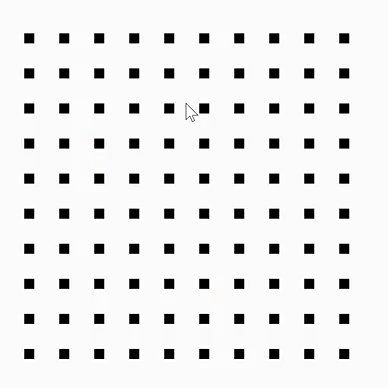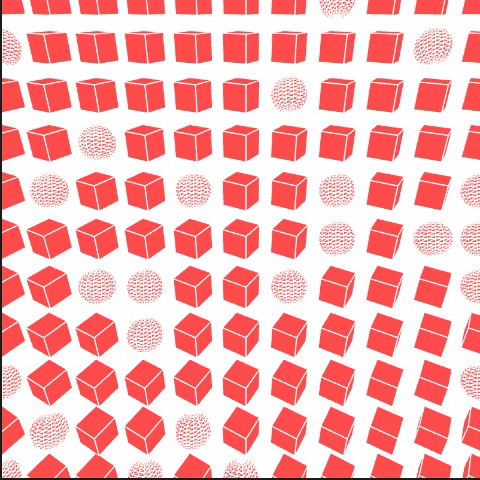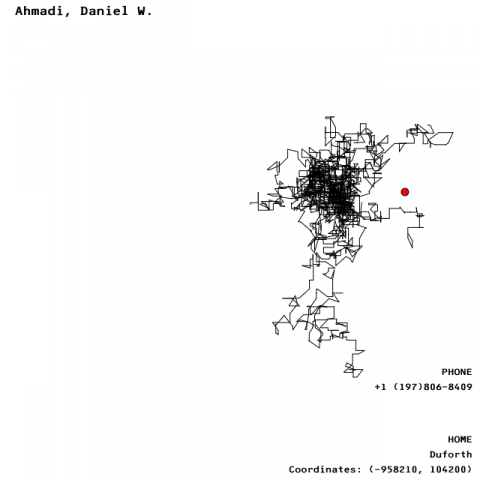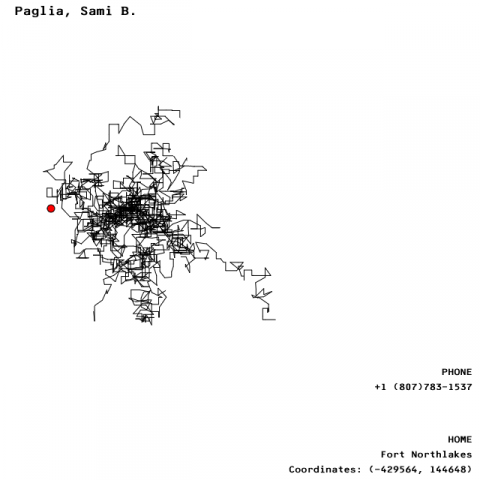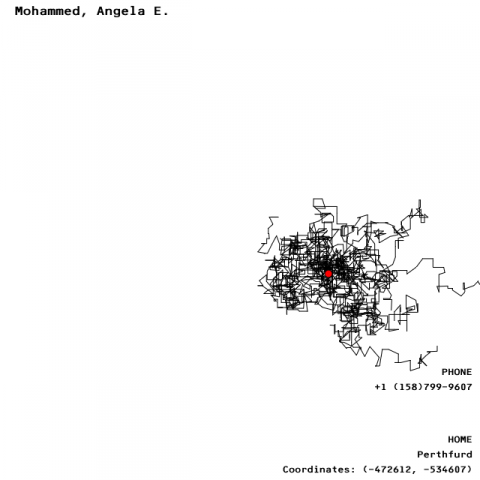Compton’s “10,000 Bowls of Oatmeal Problem” illustrates the possible problems a creator can run into while utilizing generativity into their work. The problems can be faced is when the creator constructs so many artifacts making each of them unique in their own way but it can become difficult to be perceived the same way by the user/audience.
We can look at this idea as we look at the construction of violins. Each crafted violin may produce a different or unique sound. However, on the outside, they are all designed the same way and are utilized the same way. Here comes Compton’s concern where the unique qualities of a generated object will remain unknown without acknowledging its good/bad attributes. In this case, depending on the user, an individual violin can maybe produce more richer, deeper tones than the violin next to it. Whether that is a good/bad attribute will be determined by both the user and the maker but either way it will help identify perceptual differences within the clutter of instruments.
In order for the artist to overcome this and generate a copious amount of artifacts that truly vary from each other, they must be able to recognize the different types of perceptual differentiation that can be experienced by the user and enhance them until the users find it recognizable.
